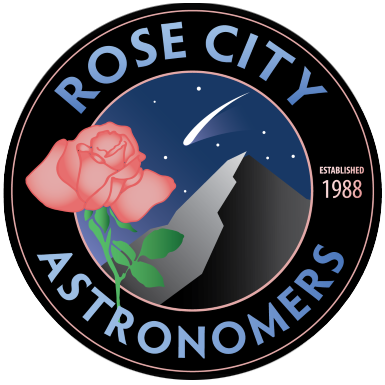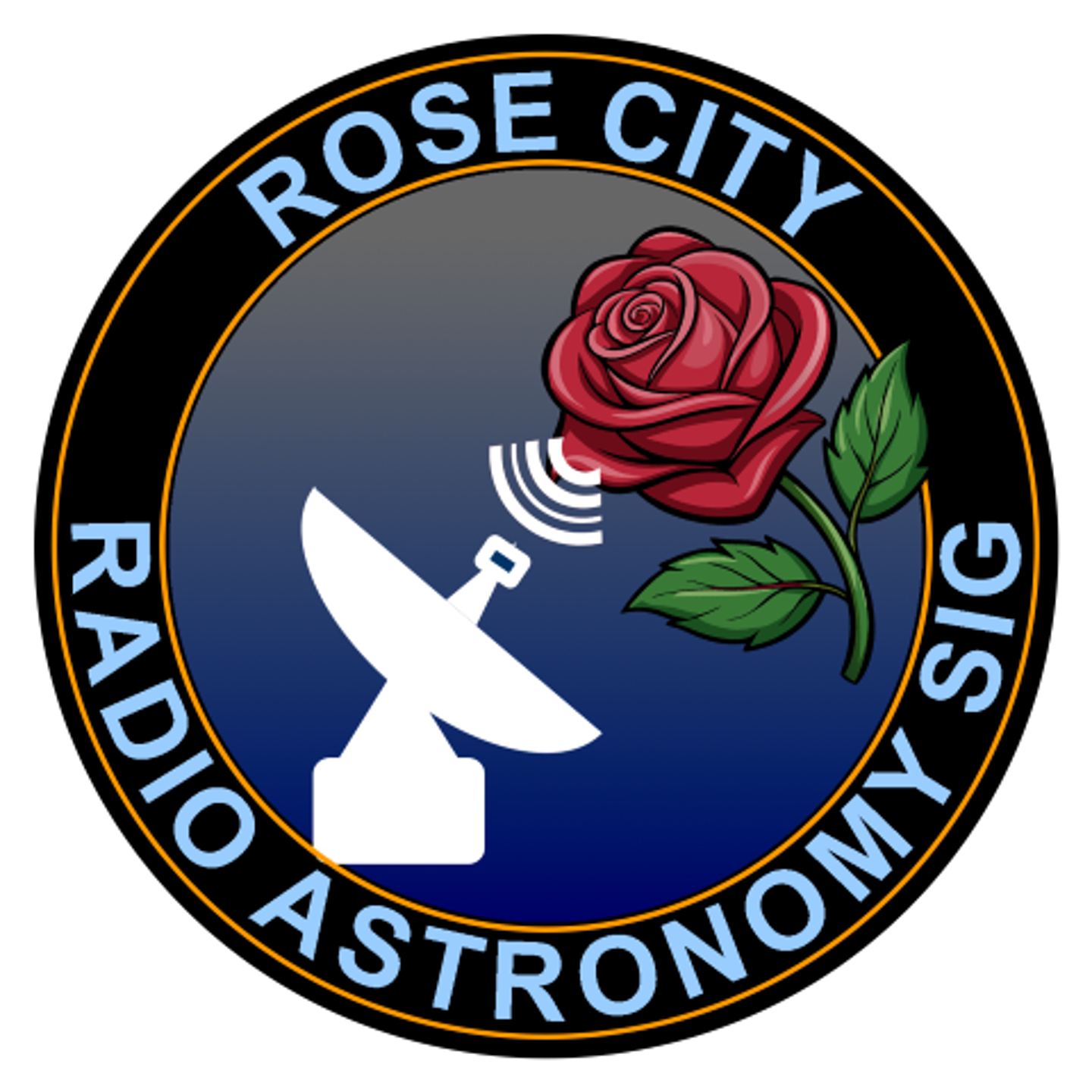Radio Astronomy SIG
There are two “windows” in the atmosphere through which electromagnetic waves can reach the Earth. The Radio SIG concentrates on amateur projects that can detect the waves in the Radio Window.
We have active discussions, videos and resources in our Radio Astronomy SIG forum. The SIG meets the 4th Thursday of every month via ZOOM from 7:00 to 8:00 PM.
Projects Includes
1-meter Hydrogen
21 cm Line Antenna
is a tool used to detect hydrogen emissions at a wavelength of 21 centimeters. This frequency is important for astronomers studying galaxies, since hydrogen is the most common element in the universe. With the 1-meter antenna, detection of the Hydrogen 21 cm Line can be achieved and some analysis performed. With larger professional versions on the antenna researchers can collect useful data about cosmic events and improve our understanding of astrophysical processes.
24-hour Drift Scan of the Milky Way by 1-meter Antenna Showing Detection of the Hydrogen 21 cm Line.
Meteor Detection Dipole Antenna
is a type of antenna used to detect meteors, or shooting stars, by listening for radio reflections off their trails in the atmosphere. When meteors burn up, they leave behind a trail of ionized particles that can reflect radio waves. By using a dipole antenna, especially in conjunction with a software-defined radio (SDR), meteor echoes can be detected and studied.
Detection of Meteor by Radio Wave Scatter Method
The SIG is also in the process of constructing a 3.2-meter dish antenna to be located at the Skylark observing site. Plans call for this antenna to detect objects in the L-Band including the Hydrogen 21 cm line, pulsars and OH masers.
Meet the Radio Telescopes Team
Matt Vartanian
Observing Site Director
Radio Astronomy SIG Coordinator
Mike Caba
Radio Astronomy SIG Coordinator






